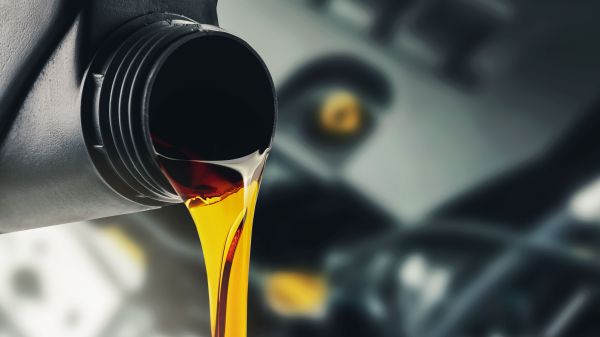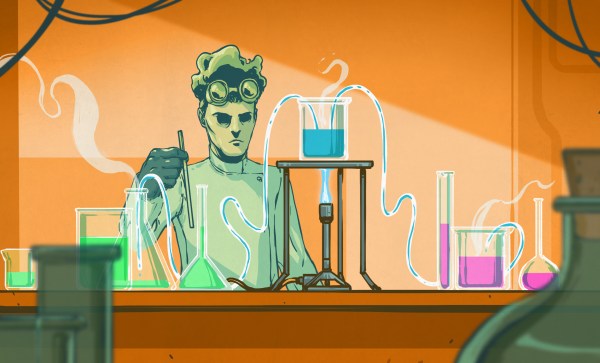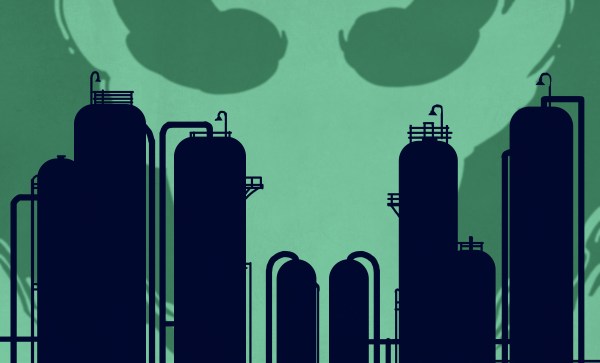My first job out of grad school was with a biotech company in Cambridge, Massachusetts. It was a small outfit, and everyone had a “lab job” in addition to whatever science they were hired to do — a task to maintain the common areas of the lab. My job was to maintain the water purification systems that made sure everyone had an ample supply of pure, deionized water to work with. The job consisted of mainly changing the filter and ion-exchange cartridges of the final polishing units, which cleaned up the tap water enough for science.
When I changed the filter packs, I was always amazed and revolted by the layers of slime and sediment in them. A glimpse out the window at the banks of the river Charles — love that dirty water — was enough to explain what I was seeing, and it was a lesson in just how much other stuff is mixed in with the water you drink and cook with and bathe in.
While we humans can generally do pretty well with water that rates as only reasonably pure, our industrial processes are quite another thing. Everything from power plants to pharmaceutical manufacturing facilities needs water of much, much higher purity, but nothing requires purer water than the specialized, nanometer-scale operations of a semiconductor fab. But how does ordinary tap water get transformed into a chemical of such purity that contaminants are measured in parts per trillion? And how do fabs produce enough of this ultrapure water to meet their needs? With some big chemistry.














